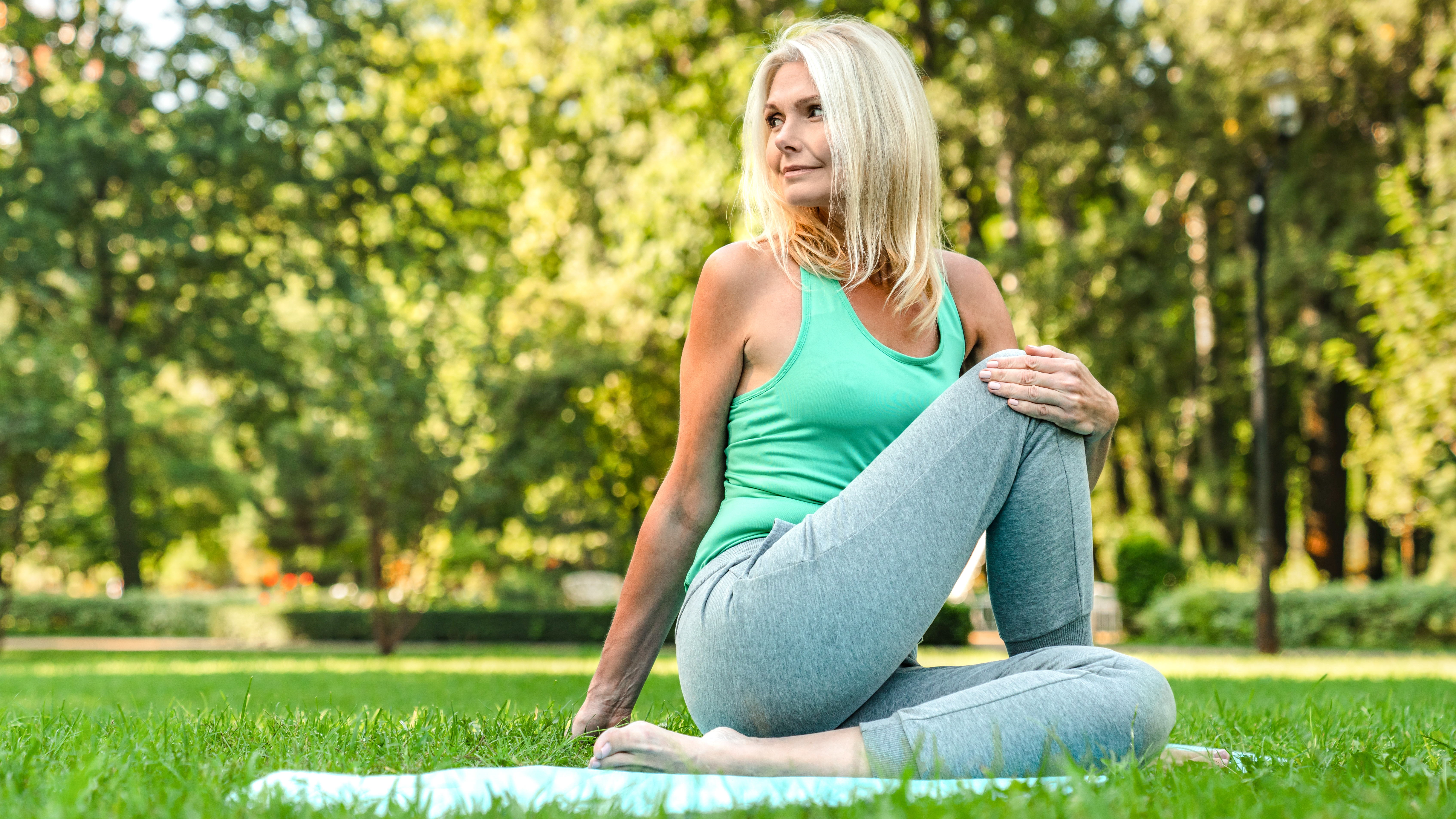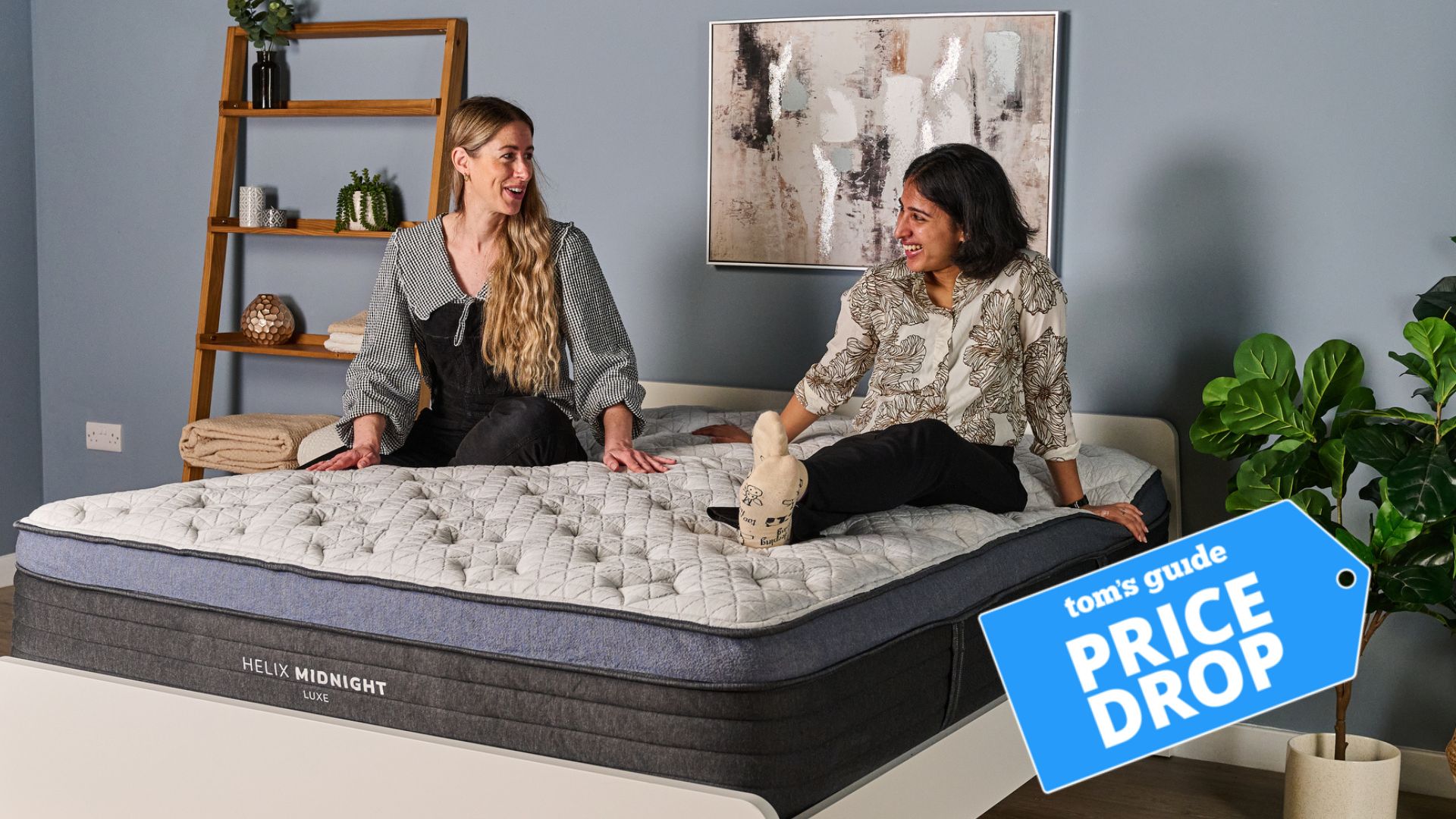In your 50s? Physio shares expert tips for staying fit and healthy while protecting your joints

There are some features of a healthy lifestyle that apply to people of all ages, like regular exercise, a balanced diet and getting enough sleep.
As you get older, however, your approach does have to be more considered to ensure that you give the body what it needs to stay healthy without demanding too much from it.
Beth Lewis is a physiotherapist at Hooke Fitness who regularly deals with clients asking about the right way to stay fit and healthy as they get older.
While there is no one perfect way to train that works for everyone, there are factors that you need to consider as you get older that are similar for most people.
Use this expert advice from Lewis to help you shape your training through your 50s to not only keep yourself fit and healthy in this decade, but also the decades to come.
Preserve muscle, protect joints
“In your 50s, hormonal changes become more pronounced and recovery slows,” says Lewis. “Joint degeneration risk rises, especially in the knees, hips and lower back.
“If you have been strength training through your younger years, there is no reason that that needs to change in your 50s. There are a few extra things to consider to ensure that you stay fit and healthy. As ever, a thorough warm-up and cool-down are essential when training.”
Get instant access to breaking news, the hottest reviews, great deals and helpful tips.
How To Train In Your 50s
This is how Lewis suggests you should approach a week of training when you’re in your 50s. This is just a suggestion — there’s no one-size-fits-all approach that will work for everyone — but the following should help you plan what to do with your workouts.
Full-body resistance training — 2-3 sessions per week
“Shift to lighter weights, higher reps — 10–15 per set — and a slower tempo,” says Lewis. “Use machines, resistance bands, or bodyweight to reduce joint loading. Incorporate Pilates for a strong core to help prevent back pain and help with a sturdy posture.”
Flexibility and balance
“Incorporate daily mobility drills and balance training, for example, single-leg stance and tandem walking,” says Lewis. “These reduce injury risk and improve posture and coordination.”
Low-impact cardio – 3-4 sessions per week
“Activities like cycling, swimming, elliptical, or hiking protect joints while keeping the heart healthy,” says Lewis.
Recovery
This is something you have to take care of at every age, but certainly as you get older. Along with your workouts, you have to take time to recover and be proactive about it.
Lewis recommends focusing on sleep, hydration and soft tissue care through massages, foam rolling and stretching. Also, make sure you get any niggles checked out before they become full-blown injuries and have regular rest days.
Certain injuries become more common as you age, so look out for tight hips and stretch your back.
“Tight hip flexors and reduced thoracic mobility are common due to desk-based work,” says Lewis. “Daily hip openers like the couch stretch and thoracic extensions and rotations can relieve discomfort and improve overall posture."
Follow Tom's Guide on Google News to get our up-to-date news, how-tos, and reviews in your feeds. Make sure to click the Follow button.
More from Tom's Guide
- Forget running — I added thousands of steps to my day using this simple trick
- I tried the 5-4-5 walking technique for a week — and it boosted my fitness and mood
- How to lose weight and get in shape by walking

Nick Harris-Fry is an experienced health and fitness journalist, writing professionally since 2012. He spent nine years working on the Coach magazine and website before moving to the fitness team at Tom’s Guide in 2024. Nick is a keen runner and also the founder of YouTube channel The Run Testers, which specialises in reviewing running shoes, watches, headphones and other gear.
Nick ran his first marathon in 2016 and became obsessed with the sport. He now has PBs of 2hr 25min for the marathon and 15min 30sec for 5K. Nick is also a qualified Run Leader in the UK.
Nick is an established expert in the fitness area and along with writing for many publications, including Live Science, Expert Reviews, Wareable, Coach and Get Sweat Go, he has been quoted on The Guardian and The Independent.
You must confirm your public display name before commenting
Please logout and then login again, you will then be prompted to enter your display name.
